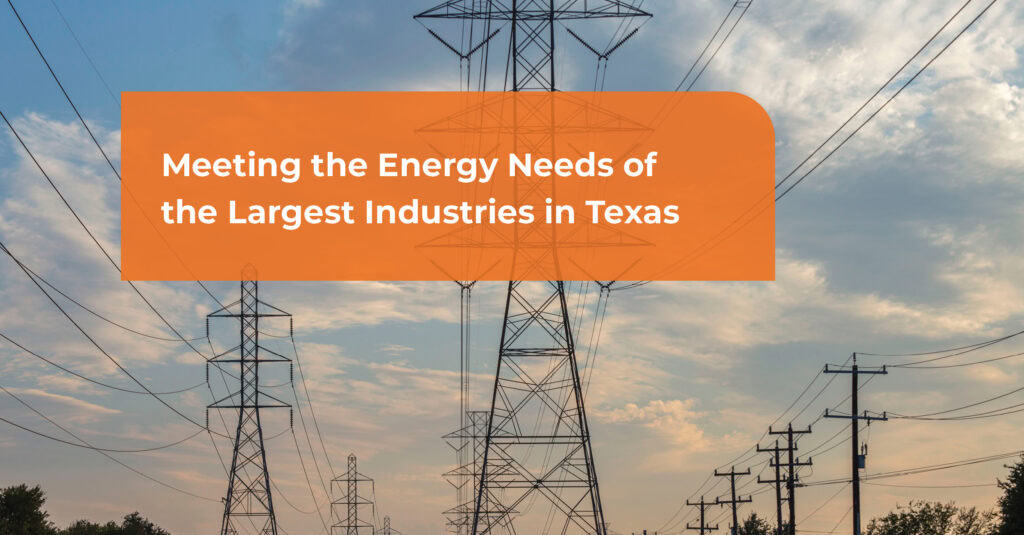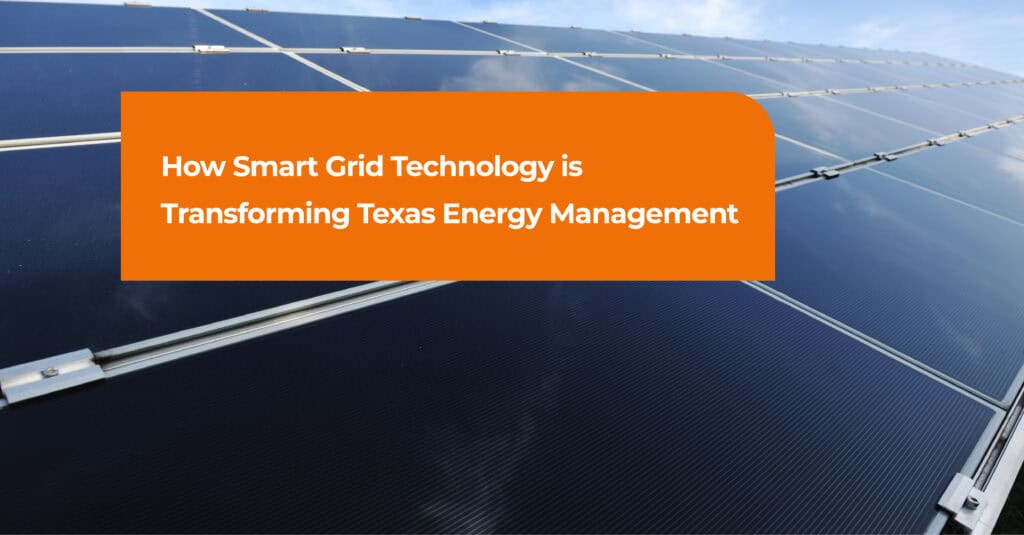
DATA CENTRES: A Solution to Ireland’s Electricity Challenge
Data centres provide considerable financial support to Ireland’s green energy sector, underpinning the development of new renewable generation that will help to achieve 70% electricity from renewables by 2030. This is a key benefit delivered from Ireland having become the destination of choice for data centres on account of having one of the most robust, reliable, and stable power systems in Europe. However, the rapid rise of the sector makes it increasingly challenging and costly for the grid to maintain these desirable traits, which impact all electricity customers.
The electricity grid has regional limits on the amount of electricity it can supply, and the Dublin region is already close to saturation. High allocation of finite electricity grid capacity to the data centre sector makes it increasingly challenging for more cost sensitive industries to get access to the electricity grid capacity they need to establish and grow. This inhibits those industries’ potential to create employment opportunities and contribute to a diverse economy.
Meanwhile, Ireland’s power grid is coming under increasing stress following the long-term outage of two of the country’s largest power stations. This has led to recently publicised concerns over the ability to meet the country’s electricity needs during times of peak demand this coming winter.
Further challenges are expected in the coming years as new data centre installations are expected to increase the peak electricity demand in Ireland by up to 30%. This is putting increased focus on the expected shortage of power generation on the grid. The Dublin region is where the majority of data centres have located and is particularly vulnerable if solutions to the expected shortage are not found. This situation has been worsened by the recent announcement that ESB has terminated a commitment to provide additional generation from sites in the Dublin region for 10 years beginning in 2022. This termination cost the semi-state utility in excess of €4M in sacrificed bonds to the electricity market.
The reasons for these terminations are not clear, but the fact that these facilities were backed by state-owned ESB, and understood to be located on existing sites, highlights the risks and challenges of relying on the construction of new power generation facilities. It is therefore critically important that large energy users like data centres contribute to a secure and sustainable power grid, and we make the best use of existing power generation resources on the Island.
DEMAND RESPONSE CAN HELP
In June 2021, the Irish Commission for Regulation of Utilities (CRU) released a consultation paper regarding the processing of grid connections for data centres. Encouragingly, the CRU expressed a minded-to position to instruct EirGrid and ESB Networks to prioritise the connection of data centres that agree to reduce their electricity consumption, by instead using their on-site generation or otherwise, if called upon by EirGrid to do so. However, this would be limited to occasions when the power grid is in jeopardy. Extending this initiative to encourage broader electricity market engagement, not just when a regional area of the grid is in jeopardy, through the provision of Demand Response could provide an opportunity to turn data centres from being part of the problem into being part of the solution to address the challenges faced by the national power grid.
Demand Response is an electricity market mechanism whereby large electricity customers are rewarded for balancing the grid, sometimes counteracting grid issues within milliseconds, reducing the reliance on using conventional power stations to do so. This is already widely participated in by large industrial electricity customers who reduce their electricity consumption at peak times, through Demand Response Aggregators such as VIOTAS. This makes more electricity available to other electricity customers, especially at times of peak demand.
Despite being well placed to provide grid support using their considerable on-site battery and back-up generation systems, data centres have been historically reluctant to make them available to support the wider electricity grid. This is because they heavily invest in these systems to ensure their own continuity of electricity supply and sufficient incentives to contribute to the wider power grid have not been put in place. However, a number of data centre developers are now incorporating the ability to support the power grid into their design plans.
Prioritising permission to connect to the electricity system on a tiered scale, based on the extent of Demand Response services a data centre commits to provide to the wider power grid, would appropriately reward these proactive data centre owners and unlock the potential for data centres to contribute significantly to the reliability of the grid for all electricity customers. It would also avoid or defer the need to incur the cost and carbon emissions associated with building new power stations in Ireland. Furthermore, this approach could reduce the scale of investment in transmission system reinforcements needed in the Dublin region. This would also create an opportunity for data centres to generate revenue by supporting the grid in ways that enable the increased use of renewable energy on the wider power grid.


